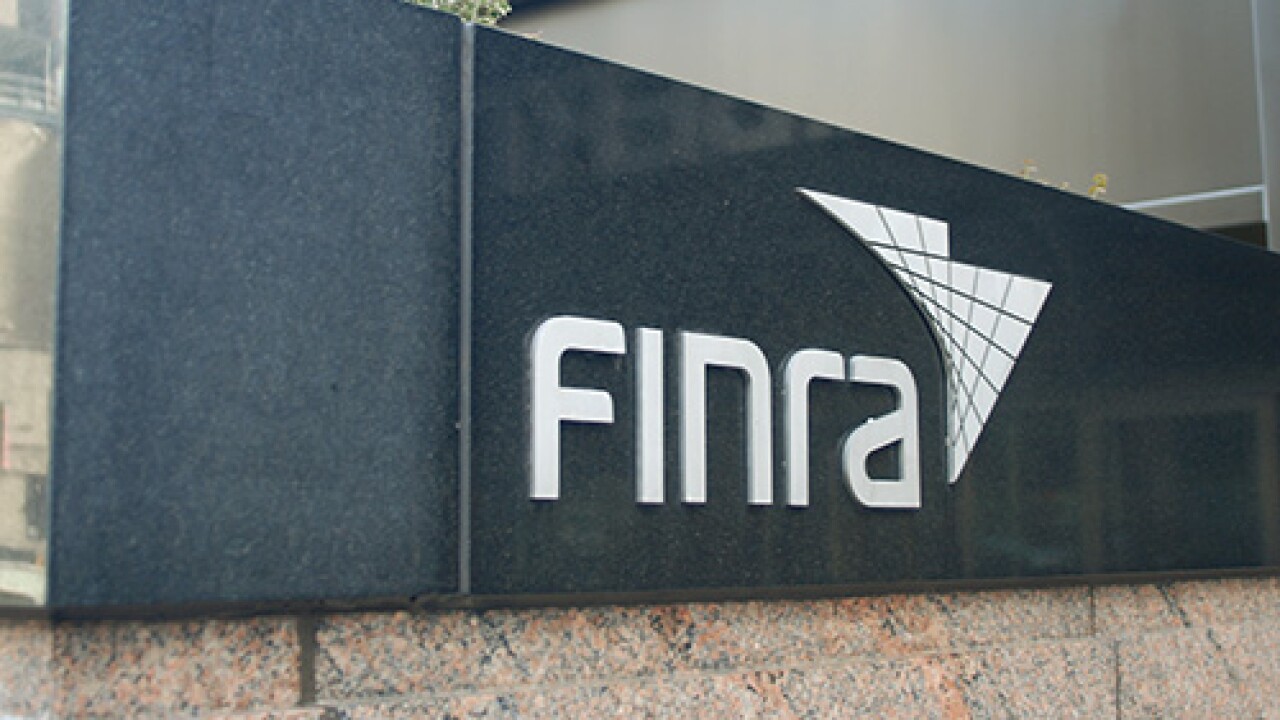Moody’s Investors Service yesterday upgraded the University of Pennsylvania’s $558 million of outstanding debt to Aa2 from Aa3 and removed the credit from watch list for potential upgrade.
Increased revenue reserves due to enhanced fundraising and operational growth at the University of Pennsylvania Health Systems, the clinical and medical-research component of UPenn, have helped the school improve its financial position. Moody’s upgraded the system’s roughly $618 million of outstanding debt to A1 from A2 in November.
The health system contributes heavily to the university’s overall revenue, supplying UPenn with about half of its operating revenue. It consists of three hospitals and outpatient locations throughout the region, with a prominent clinical reputation, according to a Moody’s statement.
Increased cash flow has helped UPenn achieve revenue of nearly $5.7 billion in fiscal 2006, with total revenue increasing by 45% over the past five years. While the school typically increases tuition every year, UPenn has looked at non-tuition growth, such as gifts and income activities, to supplement the institution’s operating revenue, according to UPenn’s vice president for finance and treasurer, Scott Douglass.
The school receives average annual gift revenue of nearly $335 million and its endowment stands at about $5 billion, considerably smaller than Harvard University’s roughly $26 billion endowment and Yale University’s more than $15 billion endowment.
“We’re a very entrepreneurial place, we do a lot with very little, relative to our peers,” Douglass said.
UPenn’s competitiveness in the higher educational market has also grown, with 66% of students accepted to the school in 2006 choosing to attend UPenn over other universities, up from 56% in 2000.
“As we’ve gotten more selective about our students, because we’ve had more and more people apply, we’ve also been more successful in actually getting the students we accept to actually show up on day one,” Douglass said. “Its very good news, but it’s a tough act.”
The university has a full-time equivalent enrollment of about 20,909 for the current school year. Undergraduate tuition in the 2005 academic year was $32, 364, according to UPenn’s Web site.
The school anticipates capital investing of about $3.8 billion over the next 10 years, of which $1.5 billion will fund projects at the health system. Operating revenue, gifts, and grants will finance the capital plans and the university expects to sell $200 million to $300 million of debt over the next few years, Moody’s said.
Challenges to the university include the performance of the health system, which must compete with other large academic medical centers, and limited federal funding for research.
Standard & Poor’s rates the debt AA. Fitch Ratings does not rate the credit.





